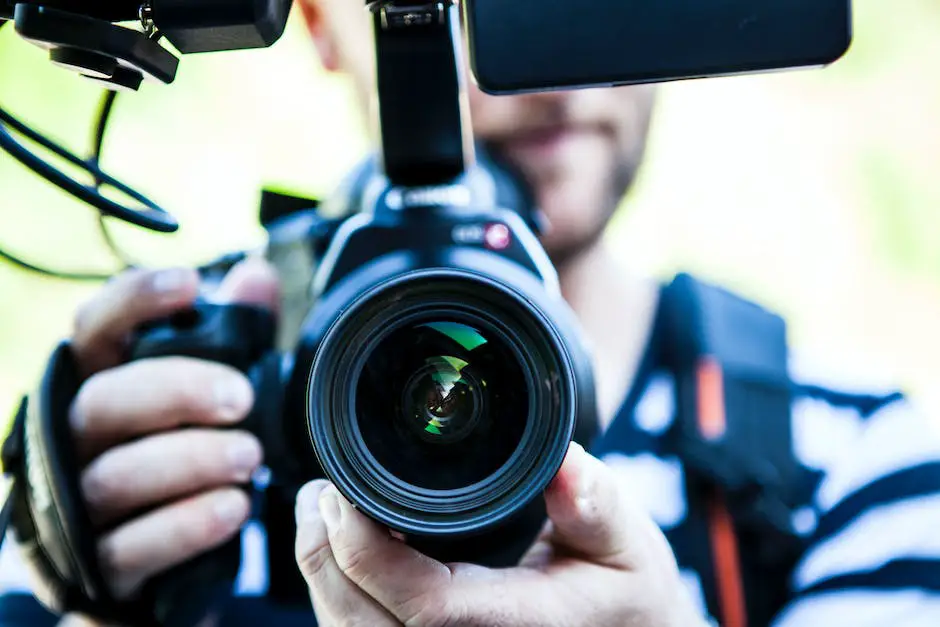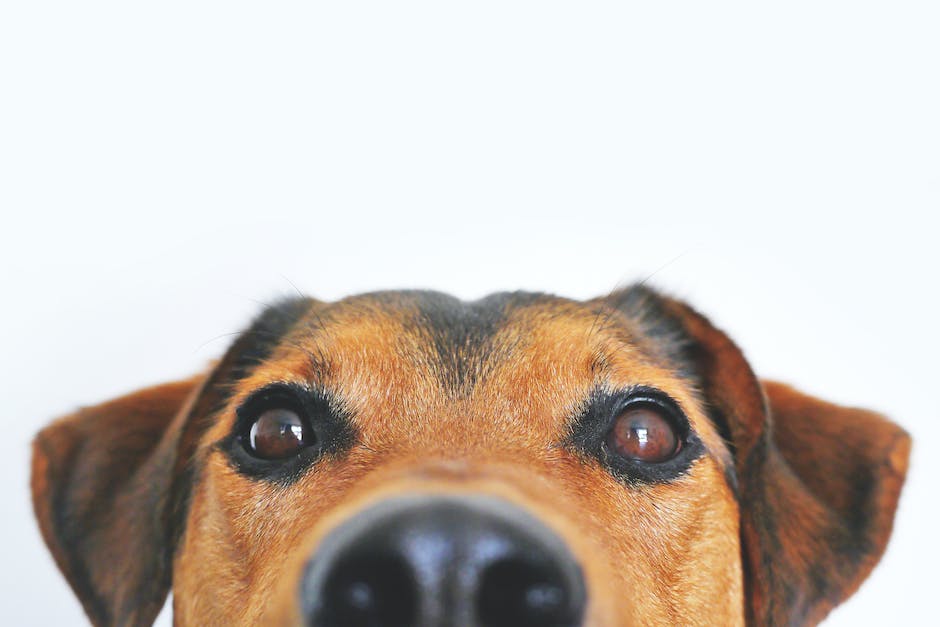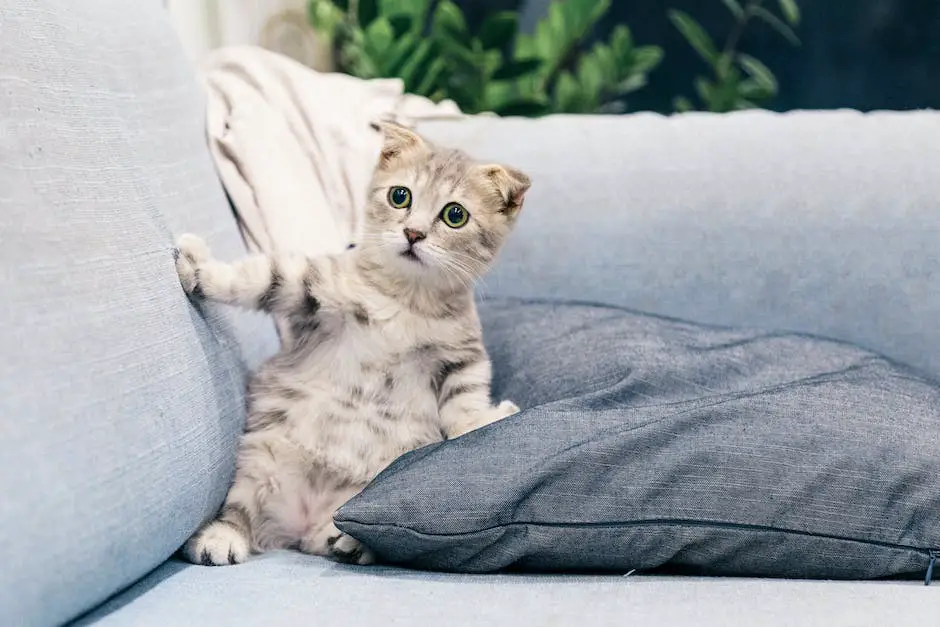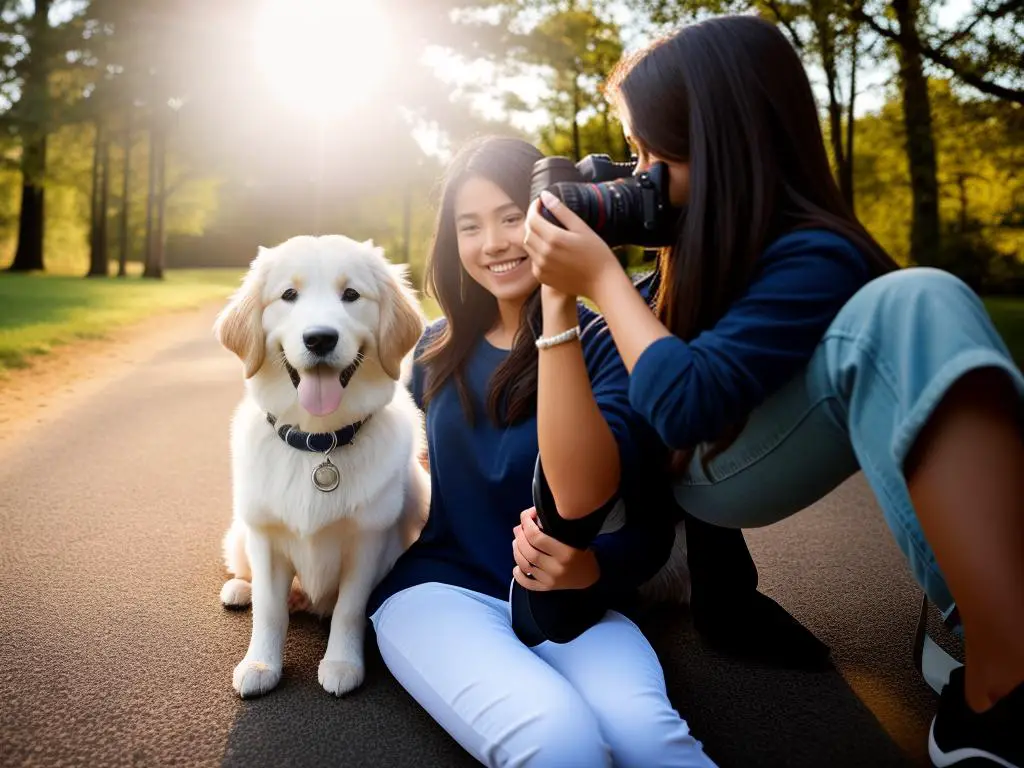Delving into the captivating world of pet photography requires not just love for animals, but also an understanding of the foundational aspects of photography. This intricate art is about capturing the soul and personality of our furry friends in a frame, which requires more than just pressing the shutter button. In this delve, we will embark upon understanding the basics of photography, such as mastering the functions of your camera, appreciating the levers of lighting and composition, and grasping the dynamics of shutter speed, aperture, ISO, and depth of field as they specifically apply to pet photography.
Certain nuances are unique to pet photography, whether it’s capturing their playful antics, dignified portraits, or their unique charm in low light conditions. These techniques vary as per different pet sizes, colors and behaviours. But that’s not all – an unforgettable image is often made in the post-production process, where we accentuate the charm of our four-legged subjects using various editing tools and software.
Understanding the Basics of Photography
Understanding Your Camera’s Functions
To become an expert in pet photography, your first step should be understanding your camera’s functions. Most modern cameras, including DSLRs, mirrorless cameras, and even smartphone cameras, come equipped with a plethora of settings and modes designed to help you capture great photos. Understanding which settings to use and when to use them is critical in pet photography. Features like burst mode, focus tracking, and portrait mode can be very useful when photographing pets, as they can help you capture sharp, clear images even when your furry friend doesn’t want to stay still.
Mastering the Principles of Lighting
Lighting plays a key role in shaping the mood, texture, and overall quality of your pet photos. Natural light is a versatile and excellent source of light for pet photography, whether it’s the soft, diffused light on a cloudy day or golden warmth during the golden hour. When shooting indoors, consider how you can use light sources like lamps and windows to your advantage. A draping curtain might diffuse a window’s light beautifully onto your pet. Remember to avoid using flash, as it might scare or discomfort your pet, and it doesn’t typically result in the most flattering shots.
The Importance of Composition
Each element in a photograph contributes to its overall composition. The rule of thirds is a basic, but powerful compositional technique that’s relevant for pet photography. This rule suggests dividing your frame into a grid of nine equally sized rectangles and placing the subject – in this case, your pet – at the intersections of these lines. However, not every shot needs to adhere to this rule rigidly. It’s essential to experiment with different angles, perspectives, and compositions to find what works best for your pet’s personality.
Shutter Speed, Aperture, and ISO
Shutter speed, aperture, and ISO are the three pillars of photography that every photographer must understand to take control of their camera. Shutter speed refers to how long the camera’s shutter stays open and can be adjusted to freeze fast motion or create movement blur. This is especially useful in pet photography, as pets can be unpredictable and fast-moving.
Aperture is the size of the opening in the lens when a picture is taken. A larger aperture (smaller f-number) lets in more light and provides a shallow depth of field. This is perfect when you want to isolate your pet in focus and blur the background.
ISO is your camera’s sensitivity to light. A lower ISO value creates a darker, more detailed image and is ideal for brightly lit scenarios. Higher ISO values can expose images better in low-light conditions but can also introduce more noise or grain into your photos.
Depth of Field and Pet Photography
Depth of field is the distance between the closest and furthest objects in a photo that are in acceptably sharp focus. In pet photography, using a shallow depth of field can highlight your pet and make them the star of your shot by blurring out the background. Depth of field can be controlled using aperture; a larger aperture will give you a shallower depth of field.
Understanding that flexibility is key in pet photography
It’s important to keep in mind that while you’ll be learning a variety of techniques and strategies, these should be seen as flexible guidelines instead of rigid rules. In essence, exploring new ideas, engaging in regular practice, and nurturing your individual creativity will be what truly helps you to create extraordinary pet photography.

Learning Specific Techniques for Pet Photography
Advancing your skills in Pet Photography: Useful strategies and suggestions
As someone who is enthusiastic about pet photography and wants to refine their skill, mastering a diverse range of specialized techniques is a crucial step towards successful pet portraiture. Some of these include taking vibrant action shots, intimate portraits, and managing different lighting conditions like low light. However, the process of learning and growing never ends. You also need to know how to handle pets of various sizes, colors, and even moods. In this section, we will explore these techniques and offer advice on how to navigate common hurdles in pet photography.
Capturing Action: The Fun in Motion
Well-timed action shots are a thrilling aspect of pet photography. They encapsulate the spirit and vitality of pets at play or on the move. Start honing this skill by practicing with a fast shutter speed to freeze movement and avoid blurred pictures. Utilize techniques like panning to create a sense of motion while keeping the subject in focus or adjust your camera’s burst mode to capture sequences of action for dynamic displays.
Portrait Perfection: Getting Up Close and Personal
Portraits can convey your pet’s personality in a way no other photographic style can. Understanding your pet’s behavior, personality quirks, and favorite leisure spots can help you direct them into natural, comfortable poses. Use rewards or treats to grab their attention, and try shooting at their eye level to create a more intimate portrayal.
Photographing Pets in Low Light Conditions
Pets are not always in the mood for a photoshoot during the day, and sometimes the night adds an interesting element to an image. Learning to shoot in low light conditions can unlock a whole new world of photographic opportunities. Use a tripod to reduce camera shake, adjust your camera’s ISO for better light sensitivity, and consider wide aperture lenses to allow more light onto your camera sensor.
Meet Your Model: Dealing with Different Sizes and Colors
Pets come in an assortment of sizes and shapes, and understanding how to photograph each effectively is a crucial part of enhancing your pet photography skills. Larger pets may involve shooting more full-body shots, while smaller pets may require you to get down to their level. As for colors, darker pets often need additional lighting to capture details effectively, while lighter pets might need a darker background to prevent overexposure.
Navigating Challenges: Antsy Pets & Moving Targets
Dealing with pets who are always on the move or anxious around a camera is another challenge you might come across. Patience plays a crucial role in these cases. Allow your pet to get familiar with the camera by leaving it around them or make use of a zoom lens to capture your subject from a distance. In the case of restless pets, using high-speed continuous shooting mode can also be beneficial.
Wrap-up
Mastering pet photography can open up a world of exciting opportunities, allowing you to capture multiple moods and priceless moments of your lovable pet. Remember that there are no shortcuts to skill development – consistent practice, experimenting with assorted techniques, and persistence in the face of challenges are integral in your journey. So grab your camera, embrace the art, and get started on clicking adorable snaps of these unique, unrepeatable moments.

Editing and Post-Production in Pet Photography
Digging into Post-production Essentials
Effective post-production in pet photography necessitates a sound comprehension of its fundamentals. This demands proficiency in utilising editing software, such as Adobe Lightroom, Photoshop, and GIMP, to modify and enhance your pet photos in the editing phase. Pet photography is more intricate than a simple click of the shutter. It requires a careful eye, given that you aim to capture not just the pet but its distinct personality, its reactions to surroundings, and the rich texture and hues of its coat.
Red-Eye Removal in Pet Photos
Pet photography can sometimes result in unwanted red-eye or green-eye effects, due to the light reflection in the pet’s eyes. Most modern photo editing software has a red-eye removal tool that can easily fix this issue. This tool typically identifies the red or green areas in the pet’s eyes and replaces the color with something more neutral, like gray or black. Therefore, you should always check for red-eye effects during the editing process and use the necessary tools to correct it.
Improving Color Balance
Enhancing the color balance in pet photos is essential to give images a professional touch. Cameras can sometimes fail to correctly capture colors due to imperfect lighting conditions, but this issue can be corrected in post-production. Tools like color balance, saturation, and vibrance allow for alterations that can dramatically improve the overall appearance of a photo. These tools enable you to adjust the intensity of colors and strike the right balance between warm and cool tones in your image.
Accentuating Details and Textures
One of the critical aspects of pet photography is capturing the details in the animal’s features. Close-ups of your pet’s fur, feathers, or scales can showcase such details beautifully. Clarity and sharpness adjustment tools help accentuate these details by making the textures in the photo more pronounced. However, be careful not to overdo it, as too much editing might reduce the natural look of the photo.
Adding Creative Effects
Lastly, use your creativity to add enhancements and effects that make your photos stand out. Features like the gradient tool can change the mood of the photo by altering the lighting. The addition of a vignette or applying a custom filter can help center the focus of the image on the pet. You can also use Photoshop to add realistic lighting effects, such as sun rays or lens flares, to make your photos more aesthetically pleasing.
Conclusion
Editing and post-production are vital steps in pet photography that can truly make a difference in how your photos turn out. Remember, the goal is to enhance the photo without making it look overly edited. Balancing edits and preserving the authenticity of the pet’s image should be your primary focus during post-production.

Ultimately, pet photography is a challenge and joy that demands patience, creativity, and technical knowledge. Knowing your camera’s functions and settings is just the beginning. Making good use of lighting and composition can truly bring out the personality of your pet – the spark in their eyes, the twitch of their ears, the intricacies of their fur. When shooting, be prepared for action shots, portraits and low-light conditions, and understand how to work with pets of various sizes, colors, and demeanors.
But the journey doesn’t end at the click of the shutter. The power of editing can transform a simple picture into a work of art, breathing life and emotion into every pixel. As you explore and grow in your pet photography skills, every challenge will make you a better photographer, and every successful shot will reinforce the bond between you and your pet, forever preserved in that perfect frame.
Originally posted 2023-10-26 22:05:19.




